The “Gilded Age” is a period in history from the 1870s to the early 1900s, between the Reconstruction Era and the Progressive Era. It was actually named (by historians in the 1920s) after an 1873 Mark Twain novel, The Gilded Age: A Tale of Today. The novel satirized the thin “gilding” of economic well-being that covered widespread poverty, political corruption, graft, and labor exploitation. Leaders of finance and industry built their “summer cottages” (it’s hard not to laugh at that description) in Newport to enjoy a glittering social life of parties and dinners. The federal income tax and World War I pushed The Gilded Age into a decline in the 1910s. The enormous fortunes were further diminished by the Great Depression and the mansions, unable to be maintained in the same expensive manner, were abandoned or demolished.
In 1945, The Preservation Society of Newport County was founded by a group of residents Today the Preservation Society is the steward of 11 historic properties, including The Breakers, The Elms, Marble House, Chateau-sur-Mer, The Breakers, Kingscote, and Rosecliff.
There we were in Newport, so touring a mansion or two was a definite on our list of activities. Al and I had toured one or two years ago but this was a first time experience for Don and Cindy. The first decision – which one???? Or two? We were pleasantly surprised by the tickets for touring the mansions. It is much cheaper to tour two mansions, $38 for both vs $29 for only one. Not only was the 2-mansion ticket valid for any day within a 7-day period, but you didn’t even have to decide at that moment. We purchased our tickets for The Breakers and then the next day toured another mansion for only an additional $9.
There is no way that any photo I took could be better than what is on the internet by professional photographers. And there is no way I will write the entire history of The Breakers here.
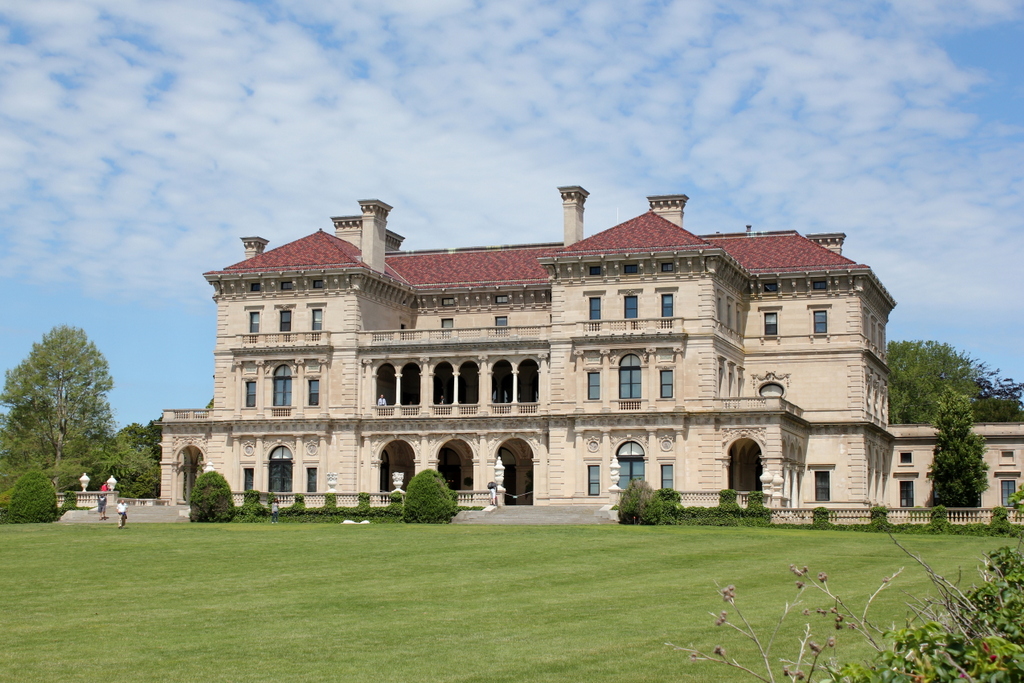
The Breakers was built by Cornelius Vanderbilt II, the prominent railroad tycoon who had inherited much of the Vanderbilt family fortune, nearly $70 million from his father William and grandfather Cornelius, equivalent to nearly $2 billion today. Anderson Cooper, CNN anchor, the great-great-great-grandson of “Commodore” Cornelius Vanderbilt.

Cornelius was only able to enjoy one summer at his Newport cottage in good health before suffering a debilitating stroke in 1896. Cornelius, Alice, and their children would continue to spend several more summers here at The Breakers, but Cornelius never fully recovered his health and he died of a cerebral hemorrhage in September 1899. Alice would outlive him by 35 years and became known as “Alice of the Breakers” for her long ownership of the house.
A few “fun” facts” about the mansion–
The original building had burned down, so Vanderbuilt insisted that the new one must be fireproof. Therefore he built it using steel, brick and limestone; utilities such as the boilers were placed underground and away from the house.
- The Breakers was designed by architect Richard Morris Hunt.
- The style is inspired by Italian Renaissance-style architecture, and construction began in the spring of 1893.
- Vanderbuilt spent $7 million building the house, the equivalent of more than $220 million (2022).
- The house was completed in just two years 😳thanks to 2,000 workers who worked in shifts, both day and night, to ensure that it was completed as soon as possible.
- The 70-room mansion includes 48 bedrooms for family and staff with a gross area of 125,339 square feet.
- There are 27 fireplaces.
- In addition to gas for lighting, Vanderbilt equipped the mansion with electricity, still a novelty in houses during the Gilded Age.
- Because of its architectural significance, it was designated a National Historic Landmark in 1994.

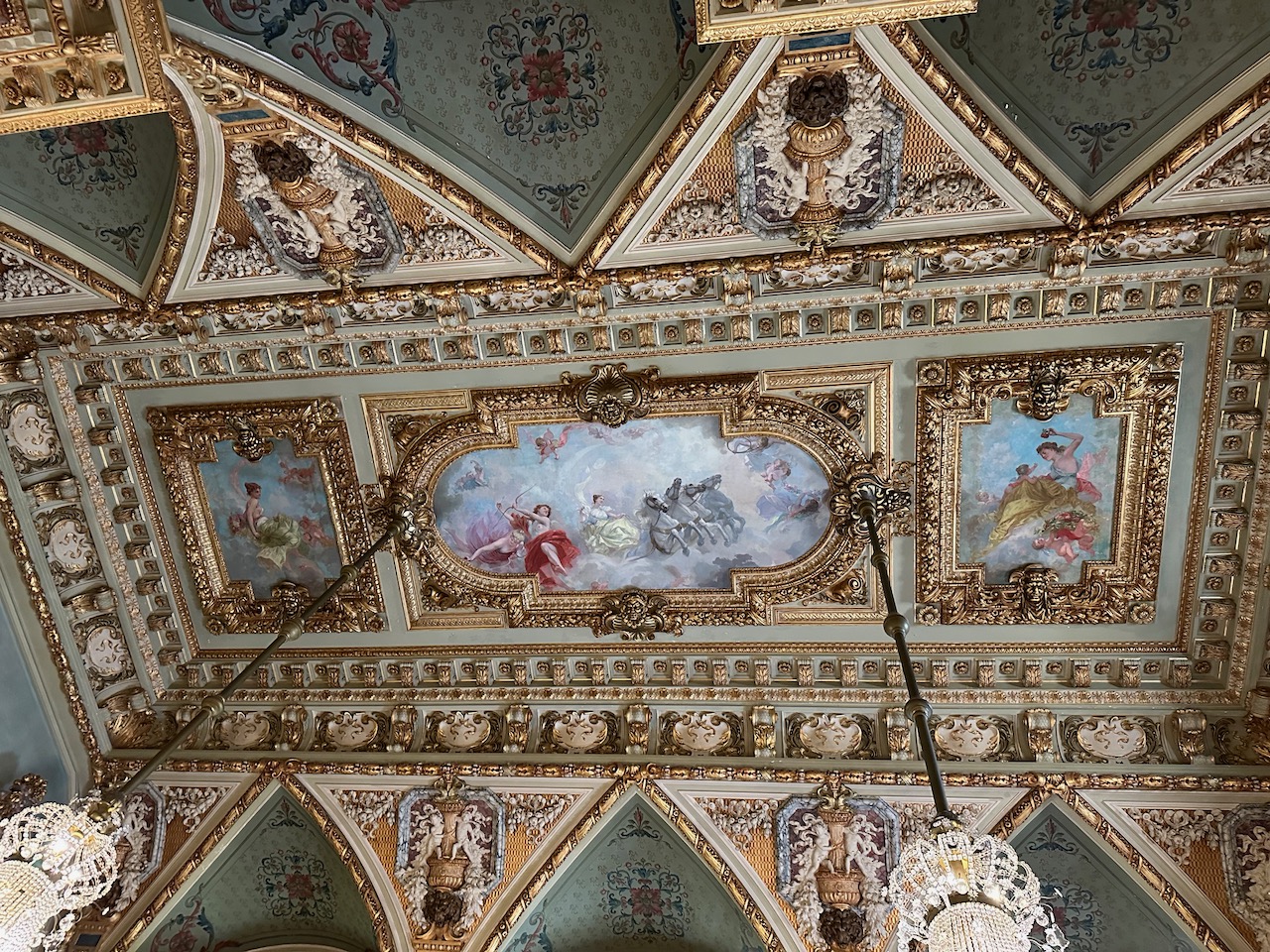
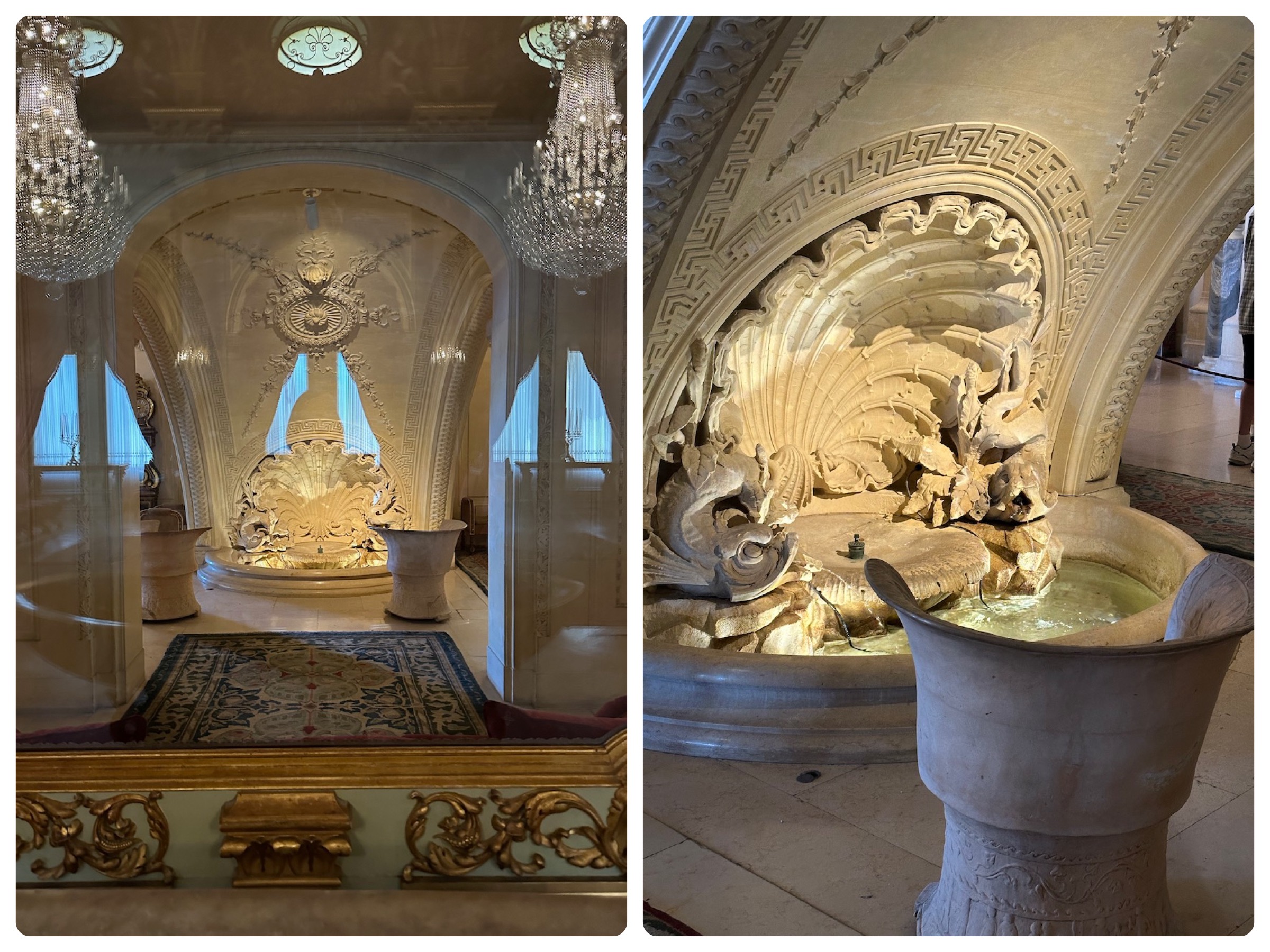
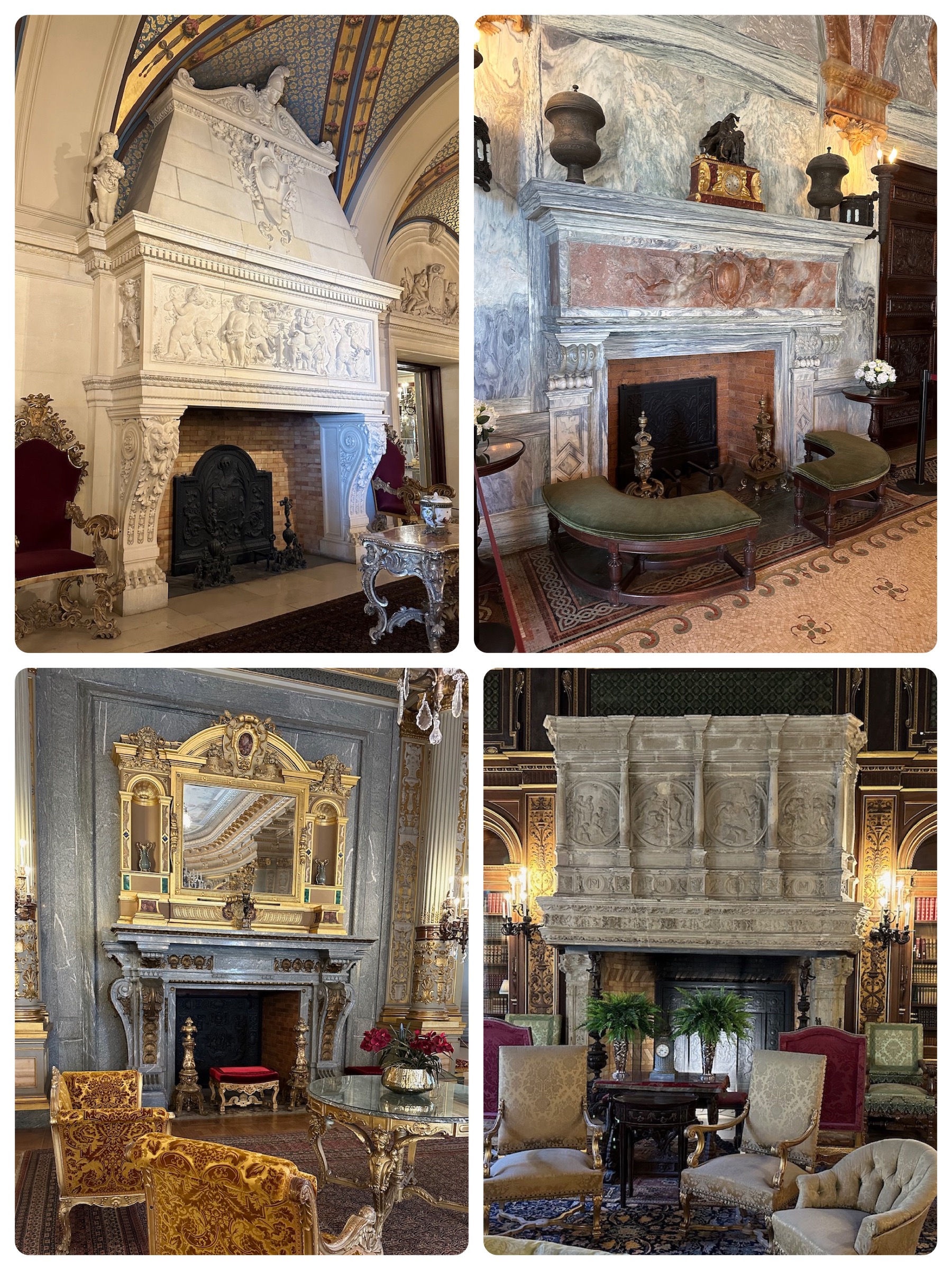
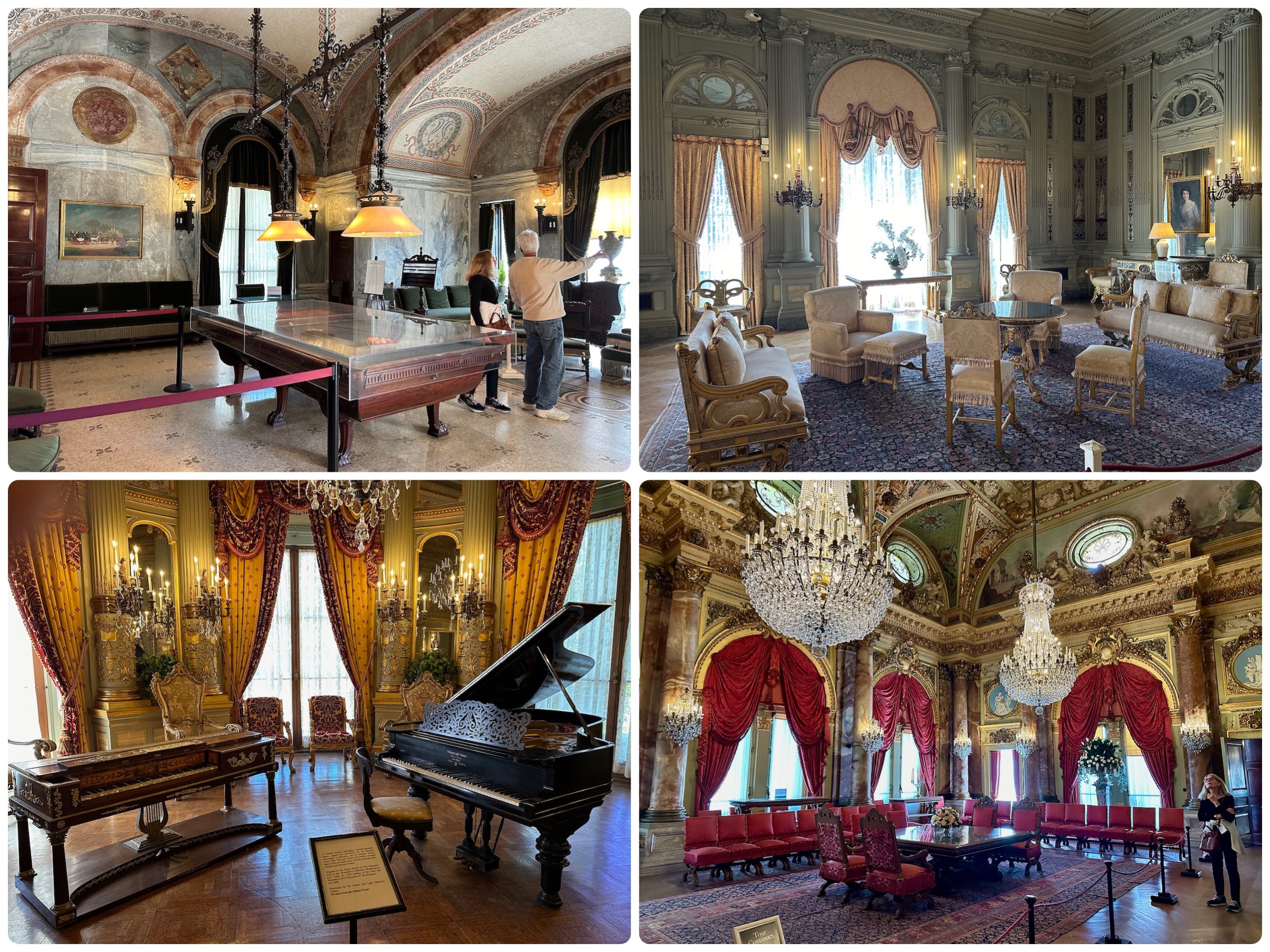

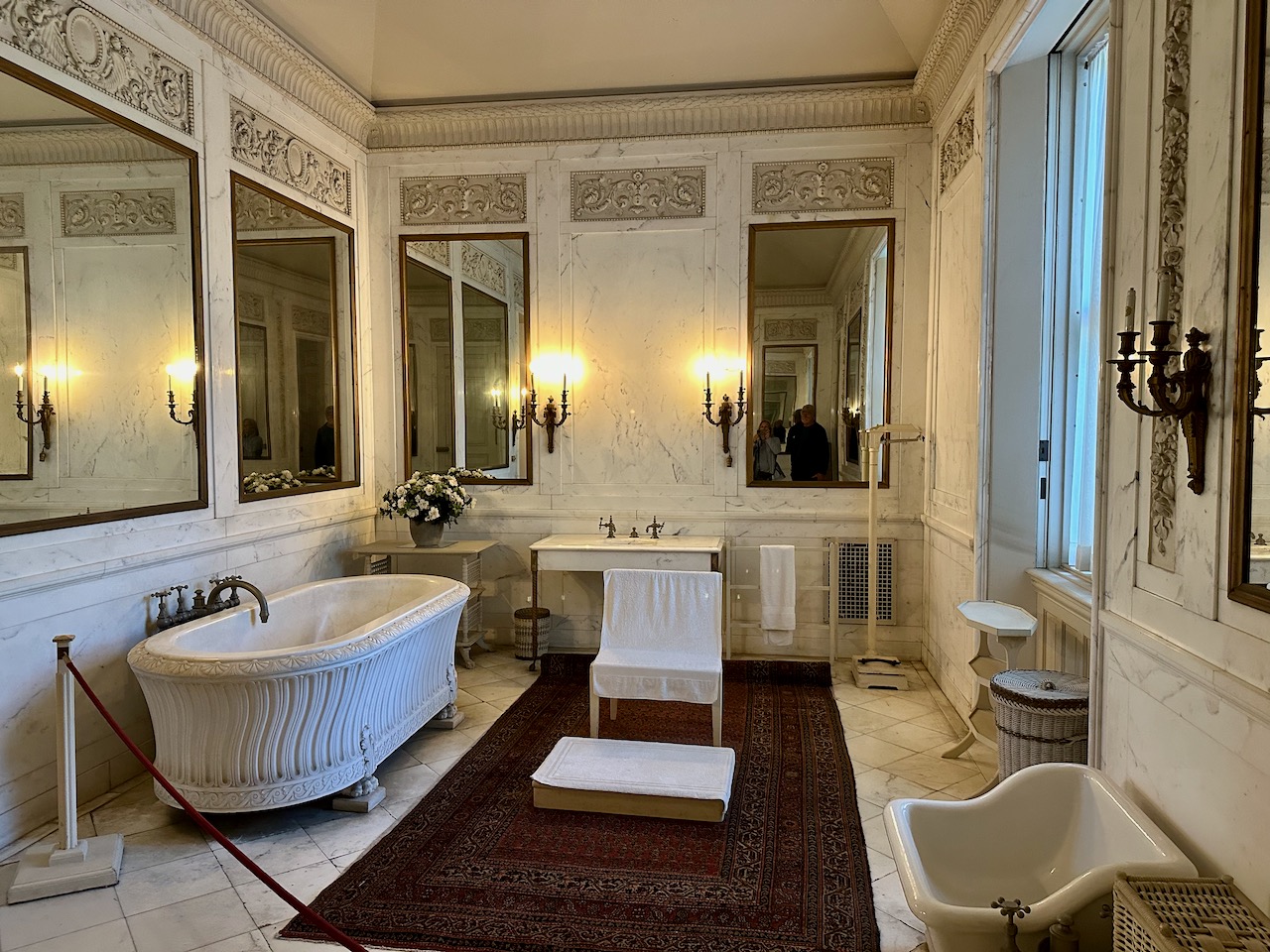


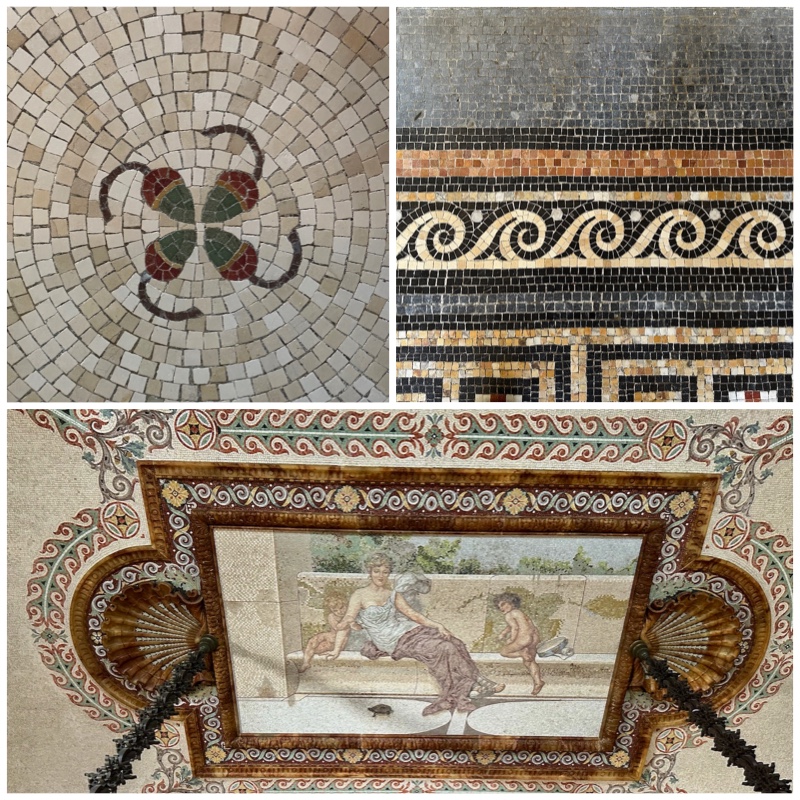
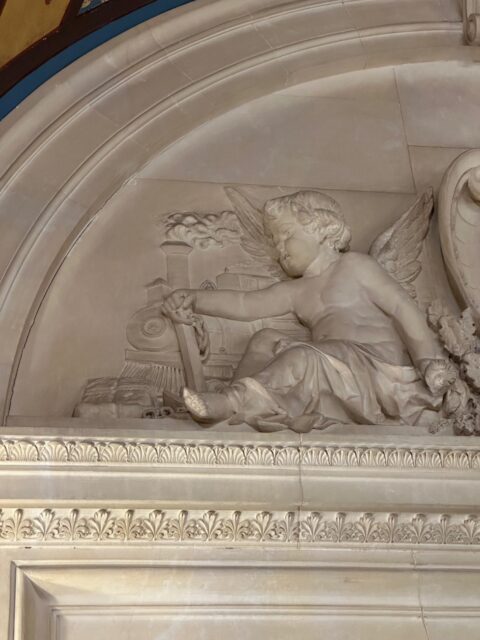
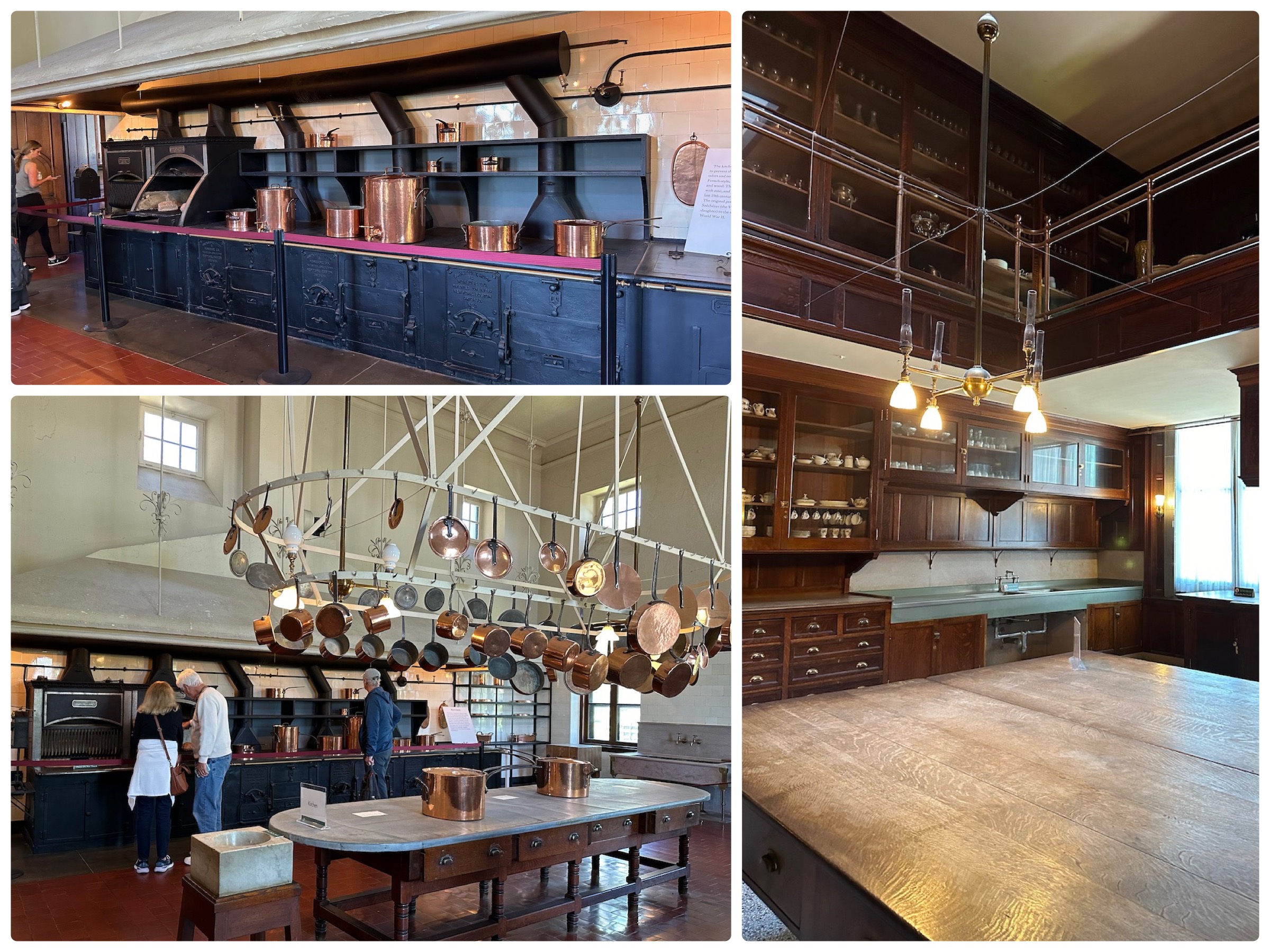
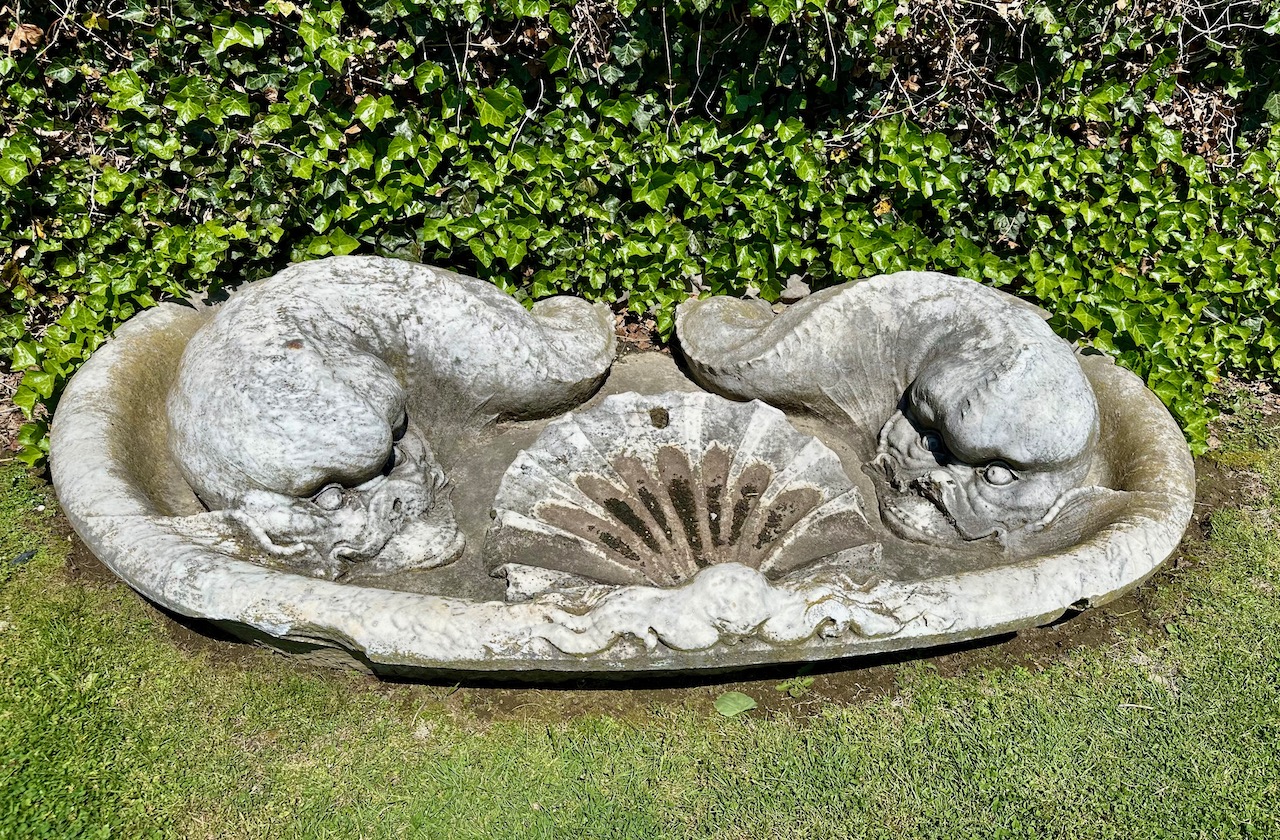
It was, as always, fascinating to see this part of history. It is truly incredible to imagine the workmanship that created these showplaces. On the other hand, the decadence of this lifestyle and the extremes between the rich and poor is disturbing. Sadly, it reminds me of current times.

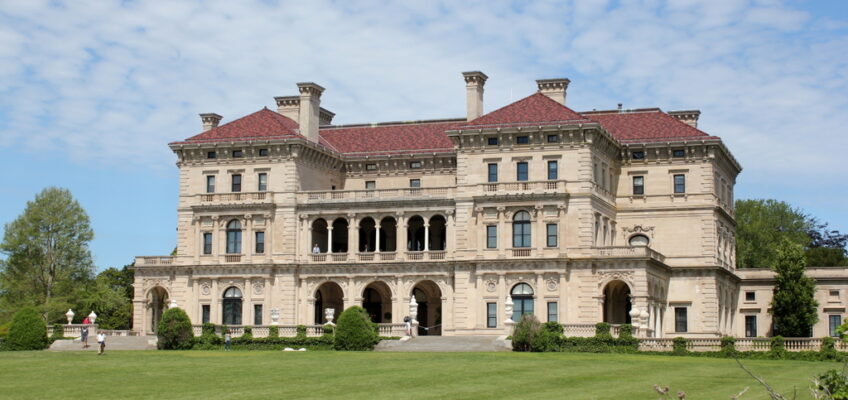
Frank Gustafson
Beautiful ! But Way Too Much !